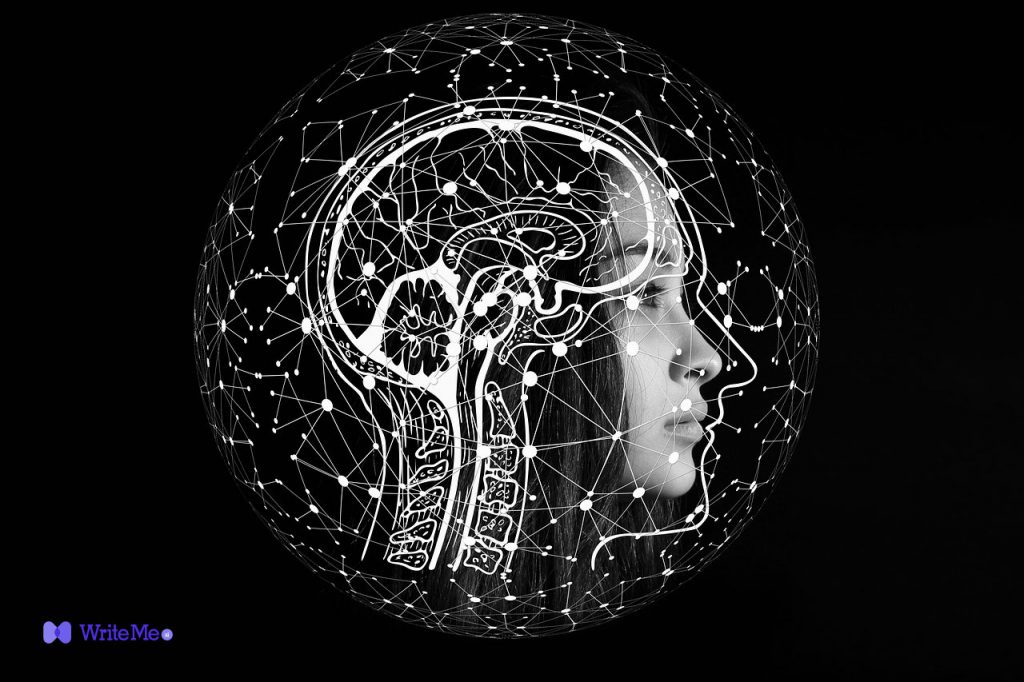Table of Contents
hide
- 1) Convolutional Filters for Image Processing
- 2) Features Maps of Convolutional Neural Networks
- 3) Final Output of Convolutional Neural Networks
- 4) How do Convolutional Neural Networks Work for Object Detection?
- 5) How do You Train a Convolutional Neural Network?
- 6) For Example
- 7) Convolutional Neural Networks Back Propagation
- 8) What are Convolutional Neural Networks Useful for?
- 9) What are some Limits of Convolutional Neural Networks?
- 10) Convolutional Neural Networks are Transforming AI!







